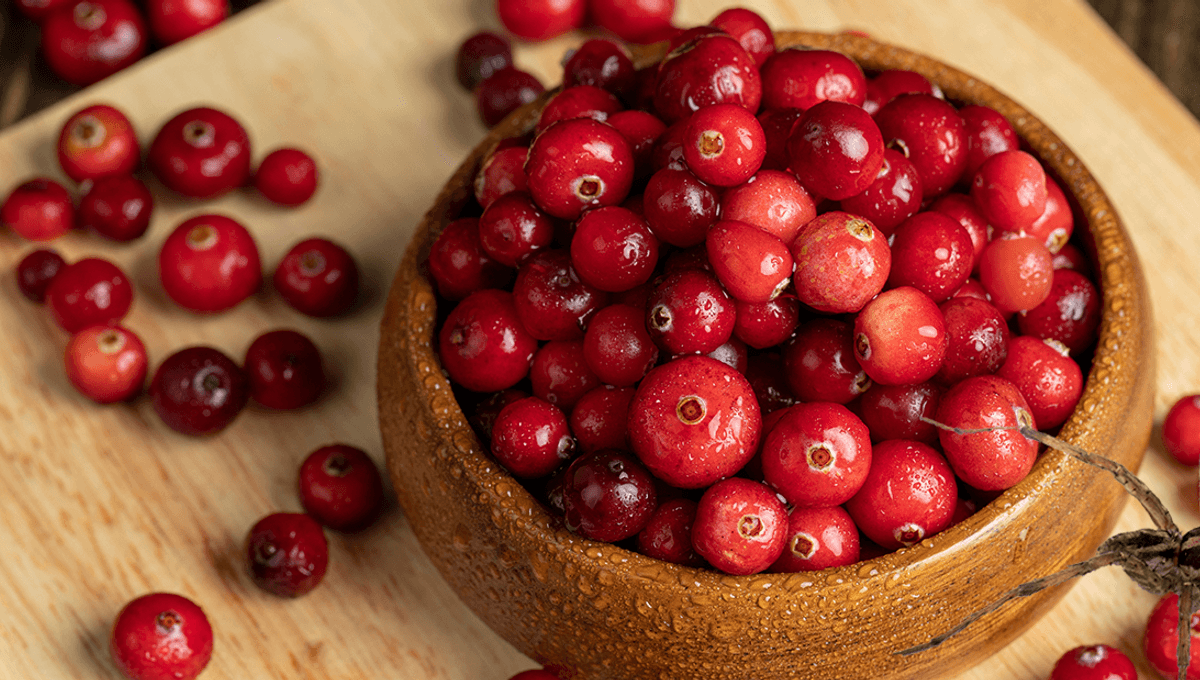
People are ever so slightly horrified after learning the truth about how cranberries are grown and harvested.
Every now and then on the Internet, people discover something about food that they thought everyone already knew. Hey, we’re all learning, right? Recently it was the turn of paprika and allspice, but now it’s our old friend / disgusting foe the cranberry under the spotlight.
On Saturday, X user @alaskastardust posted an idyllic-looking scene, showing how cranberries are growing, and expressing a perfectly natural desire to cannonball into the middle of them.
This alerted some people to the fact that cranberries are grown in bogs (not the horrifying part). Ninety-eight percent of the world’s cranberries are grown in the US and Canada, on low creeping shrubs in acidic soils.
“Cranberries can grow and survive only under a very special combination of factors including: acid peat soil, an adequate fresh water supply, and a growing season that extends from April to November,” Massachusetts Cranberries explains. “Cranberries grow on low-lying vines in beds layered with sand, peat, gravel and clay. These beds, commonly known as bogs or marshes, were originally created by glacial deposits.”
These bogs are not actually that deep, but are deliberately flooded for harvesting
“A lot of people think that cranberries grow under water. Makes sense, since we usually see the berries floating on top of the water. But, what we’re seeing is actually the result of wet harvesting. The bog is flooded with up to 18 inches of water the night before the berries are to be harvested,” cranberry growers Ocean Spray explain.
“The growers then use unique harvesting machines to churn the water and loosen the cranberries from the vine. Each berry has tiny pockets of air that allow it to float to the surface of the water.”
So, what’s so horrifying about this? According to the Internet, that would be the spiders.
Wolf spiders are carnivorous predators, which will eat most insects available to them. Cranberries attract a number of juicy critters, including cranberry weevils and cranberry fruitworms. Cranberry growers take advantage of wolf spiders as natural pest control, and encourage them to thrive.
“While cranberry farmers don’t intentionally introduce wolf spiders into their bogs, they actively cultivate conditions that allow these beneficial predators to thrive, recognizing their crucial role in natural pest control,” Chef’s Resource explains. “Wolf spiders, opportunistic hunters, play a significant part in regulating populations of damaging insects, minimizing the need for synthetic pesticides and contributing to a more sustainable and environmentally friendly farming practice.”
Allowing spiders on the crops helps reduce the need for pesticides, whilst also improving local biodiversity. But people are not keen on the idea of farming cranberries, and finding themselves covered in spiders.
Wolf spiders will generally only bite non-insects when threatened, and when they do their bites are not threatening to humans. Nevertheless, with a body size of around 10 to 35 millimeters (0.4 to 1.38 inches) they could be pretty uncomfortable for any arachnophobe who decided to cannonball a cranberry farm during harvest season.
Steer clear of cannonballs, or joining a cranberry farm, and you should be fine.
Source Link: People Are Not Reacting Well After Learning How Cranberries Are Grown